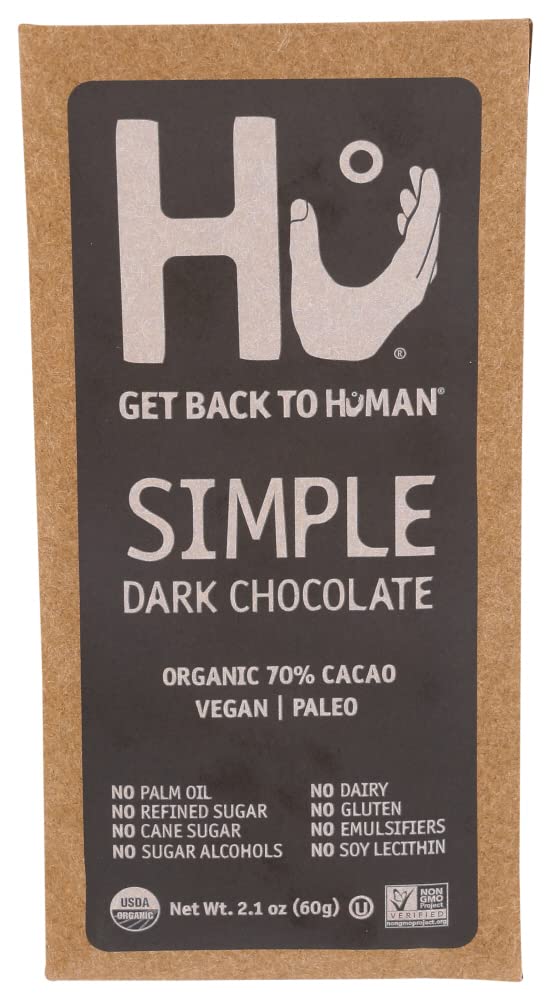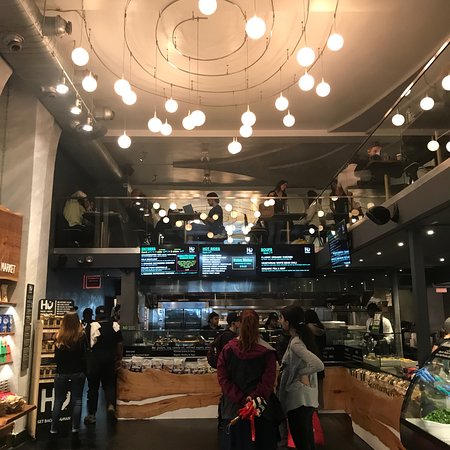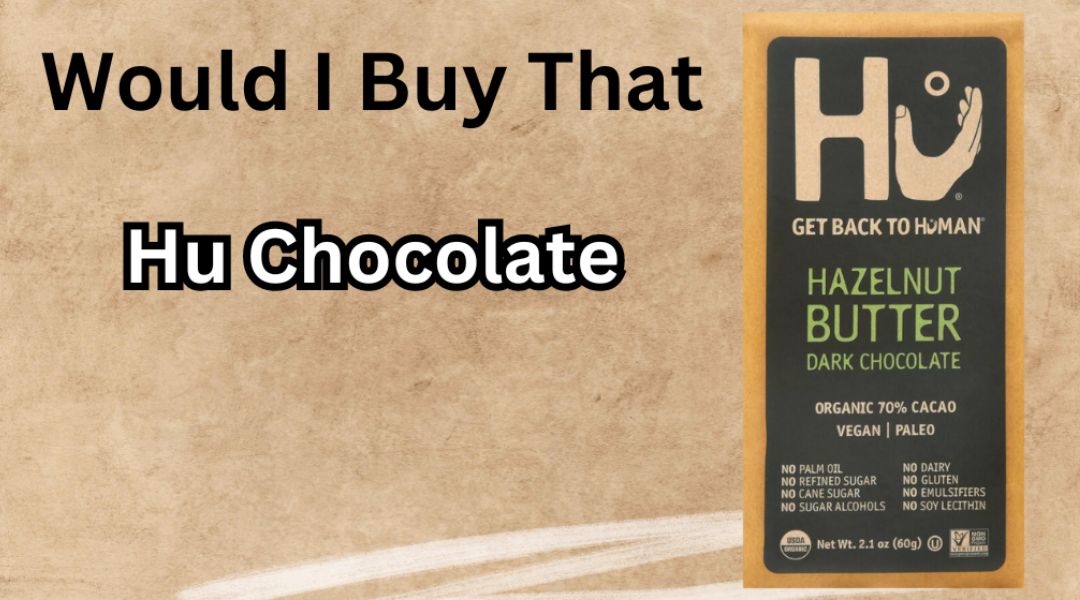The content below contains affiliate links. If you purchase something using my links, I may earn affiliate commission. Commission allows me to continue upgrading the website and researching new products (I am a one person show and this takes an incredible amount of time to research).

If you still wish to purchase some Hu Chocolate, you can find their Amazon page here.
Hu Chocolate is one of the best examples of a terrible company that hits all the trending buzzwords in organic chocolate and renders their meanings useless (just look at that packaging). They test high in heavy metals and will not publicly post their results, they greenwash their customers about it, and there’s no mention of how and where they source their chocolate from. Hu Chocolate was started by wealthy owners that wanted to own a business and they landed on chocolate. That’s about as deep as it goes.
Hu Chocolate Background

Hu Chocolate started out as Hu Kitchen back in 2012, a paleo-themed restaurant in New York City. It was founded by siblings Jordan Brown and Jessica Karp, along with Jessica’s husband, Jason, based on an idea formed in 2009 about healthy eating. The restaurant was a big success, cashing in on the soon-to-be viral paleo diet movement that’s prevalent today. The Hu chocolate bars as you know them started as a complementary product in the restaurant. The chocolate bars became a huge hit overnight.
Realizing the bars were doing so well, the owners figured they’d start taking them more seriously and expand their chocolate making operations. By 2013, Hu Chocolate was in 38 stores including Whole Foods. The chocolate bars continued selling well and by April of 2018, just five years later, the owners sought venture capitalist investments via a Series A investing round. For those unfamiliar with investing, a Series A funding round is no small matter, garnering investments in the tens of millions of dollars by large financial institutions. Hu Chocolate secured $10 million dollars in backing. They’d go on to do this again every year later until their eventual acquisition by none other than Mondelēz International, Inc, for a cool $360 million in 2021.
Follow the Money
The short backstory almost gives me reason to believe that Hu Chocolate had genuinely good intentions, but once you read about the owners’ background that might change. Jordan started out quite wealthy graduating Magna Cum Laude from Cornell and immediately going into investment banking before switching careers into New York’s lucrative real estate development. Jessica also spent seven years in finance at Morgan Stanley after graduating from Wharton School of Business. Suffice it to say, Hu’s brand was always going to be sold as a business endeavor before all else. It just happened that as the restaurant was faltering, their chocolate bars were killing it so it made sense to go all in on the chocolate bars and get out of the restaurant industry.
Heavy Metal Controversy (Greenwashing Attempt)
Consumer Reports released a damning article that brought to light many chocolate companies’ chocolate bars are dangerously high in metals. How each company handled it was like watching a train wreck in slow motion. Hu Chocolate tested high in metals, lead specifically but less cadmium, and instead of owning up to it, they sent out newsletters greenwashing their customers by claiming their chocolate is safe to consume, even though they proudly boast that they do not test, seen here as of Jan 2023. While I won’t say it’s not safe to consume, I believe we should have the transparency to make that decision ourselves.
This is where it becomes VERY confusing for readers and it’s difficult to explain in only a few words. In short, there’s two separate regulations occurring at the same time. There’s California’s Prop 65 and the California Superior Court. Prop 65 states the MADL for cadmium and lead are 4.1mcg and 0.5mcg per day for our whole diet. California Superior Court states cacao products are allowed to have significantly higher quantities (i.e. dangerous) of heavy metal contamination before requiring a label. The requirements are so high that you’ll never see a chocolate bar with a Prop 65 warning label. This was, unfortunately, a massive win for the exploitive chocolate industry back in 2018.
Hu Chocolate recites the Superior Court of California’s 2018 ruling on lead and cadmium levels, claiming it’s far stricter than Prop 65’s standard. This is another malicious greenwashing attempt. The Superior Court of California overrules Prop 65’s general guidelines and is extremely generous to dishonest companies.
The Math Ain’t Mathing (well it is but it’s misleading)
I’ll show you the numbers below so you can see for yourself. Keep in mind there’s 1mcg for every 1g.
Hu Chocolate’s chocolate tested at 0.035mcg of lead per gram of chocolate, which means you can consume about 14 grams before reaching the Prop 65 MADL limit of 0.5mcg. Their bars are 60 grams in total. If you eat an entire bar of Hu Chocolate, you’ll be at 2.1mcg of lead, or 4.2x over the MADL limit set by Prop 65.
How is this “stricter” again? Yeah, it’s not. That’s a very scary thought. Hu Chocolate is hoping you don’t know what any of this means and just continue buying their chocolate. Which you can, I’m just bringing transparency so you can make a choice with all the information.
Okay, But How’s The Chocolate?
Hu Chocolate has rave reviews all over the world and is a huge brand now. And the fact the owners started out wealthy shouldn’t have any impact on taste and quality, right? I actually agree that it shouldn’t. However, knowing that the purpose of the company was to be sold and make the owners rich definitely sows the seeds of doubt. I have had Hu Chocolate before as a gift and I can personally attest that it’s not really all that good.
I’m going to make a bit of a leap/assumption here (because Hu Chocolate isn’t a transparent company), but typically when companies test high in lead, it means it’s sourced via slave labor and/or poor working conditions. It’s basically saying, “tell me you exploit poor working conditions without telling me you exploit poor working conditions”. You can read as to why here, but if chocolate tests high for lead it’s pretty safe to assume it’s not harvested and processed with any care to its quality (like, you know, avoiding lead exposure) which means the chocolate is probably going to taste mediocre and be a potential health hazard.
This is all very ironic considering Hu Chocolate labels itself a healthy chocolate bar. Goes to show that all those labels mean absolutely nothing.




